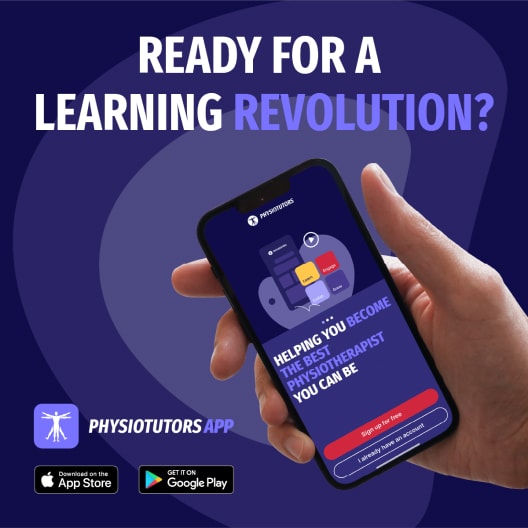

From Diagnosis to Recovery: Effective Management of Cervical Radicular Syndrome
€599,00
Prefer third-party payment? Use the option below.
- Language: Dutch
- Learn from an international top expert in the field of Cervical Radicular Syndrome
- Accreditation for Kwaliteitshuis (KNGF & Keurmerk) & PQK requested
- Including delicious lunch, snacks & parking in front of the door
- Including study material
- Free goodiebag worth 30€ per participant
Инструктори

Erik Thoomes
Опис
In this course, the instructor guides you through the clinical reasoning process for patients with radiating neck pain. You’ll learn how to distinguish between cervical radicular syndrome, non-specific neck pain, and somatic referred pain using patient history and physical examination.
You will then learn to design and implement an evidence-based treatment plan specifically for patients with cervical radicular syndrome.
Theory and practice alternate throughout these two highly interactive days.
Study goals
After completing this module, you will:
- Understand the definition of Cervical Radicular Syndrome (CRS).
- Be familiar with other conditions that may mimic CRS, enabling you to include them in your differential diagnosis.
- Know which anamnesis findings and physical tests support the diagnosis of CRS.
- Have a triage framework to help classify patients with neck pain.
- Have an overview of the key physical tests used to identify cervical radicular syndrome.
- Understand the measurement properties (e.g., sensitivity, specificity) of the most important physical tests.
- Be familiar with how to correctly perform these key physical tests.
- Be familiar with a validated and easy-to-use PROM (Patient-Reported Outcome Measure) for patients with CRS.
- Understand the role and value of additional diagnostic imaging, such as MRI and EMG, in patients with CRS.
- Be familiar with the different treatment options for managing CRS.
- Understand the scientific evidence that supports—or refutes—various treatment options for patients with CRS.
- Be familiar with the scientific foundations and insights regarding neurodynamic mobilizations.
- Be able to design a phased, individualized, and patient-specific treatment plan for someone with CRS.
- Know how to effectively explain prognosis and treatment strategies to a patient with cervical radicular syndrome.


